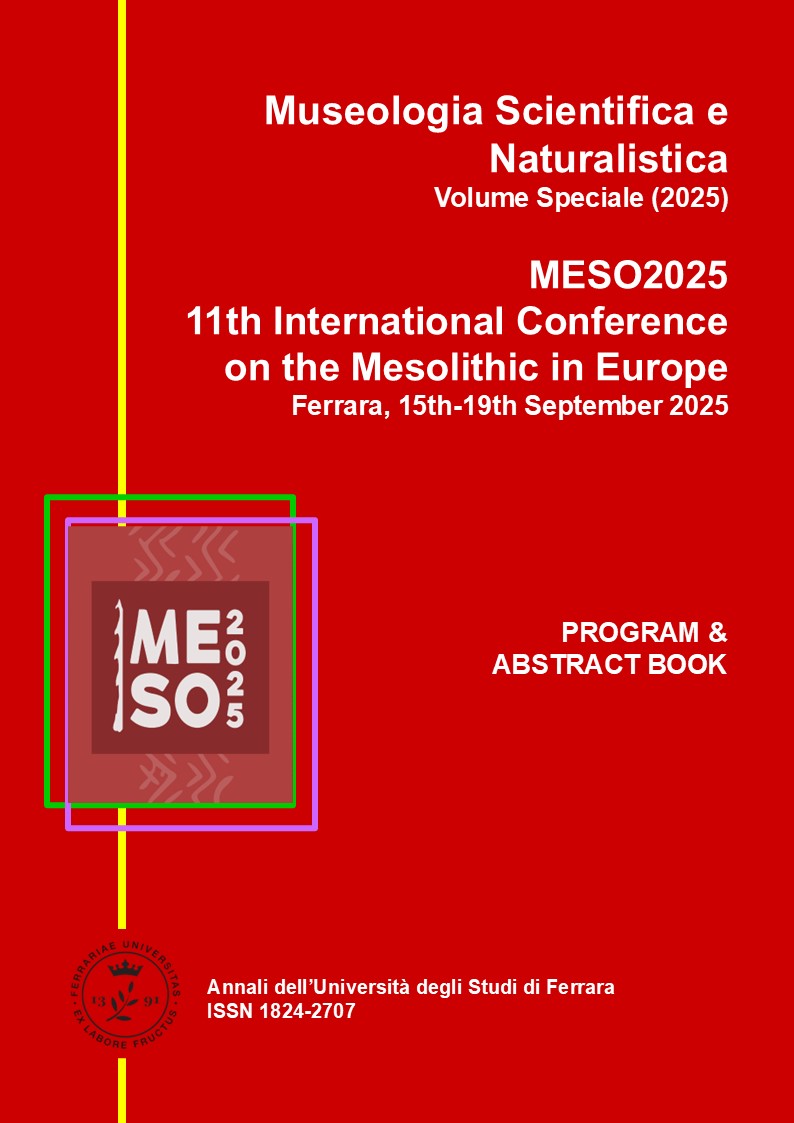MESO2025 - Session 3. Regional identities
Coordinated by Dmytro Kiosak and Thomas Perrin
DOI:
https://doi.org/10.15160/1824-2707/3084Abstract
Archaeologist have long sought to grasp regional identities of the past through the concept of archaeological culture and a related typo-chronological approach. In that sense, an archaeological culture cannot of course reflect a prehistoric ethnic reality, but serves as a flexible categorization, suggesting both persistence over time and the geographical consistency of comparable artifacts within the archaeological sites. To truly grasp prehistoric realities, however, one must look beyond these classifications and grasp the true duration and spatial dimension of these societies. By adopting this approach, these categorical units can acquire tangible historical significance: examining both advances and regressions allows a deeper understanding of human influence and action.
Classical archaeological culture is only one type of spatial and temporal distribution of material culture variability. Only by comparing the spatial and temporal distribution of different categories of artefacts can we propose the identification of prehistoric cultures. At different scales and using different approaches, regional facies or larger techno-complexes can also be identified. Do pattern of variability of lithics, ceramics, bone items, decorations coincide in time and space? Often they do not. Accordingly, we are interested in new approaches to understanding the nature of multicriteria variability: networks, spatial regression models, fuzzy sets approaches and agent-based modelling. These cases of inconsistency between the distributions of different categories of material culture have the greatest heuristic potential for understanding the nature of past identities.
Moreover, radiocarbon dating has given us a powerful new tool for testing typochronologies - and quite often, typochronologies fail this test. So, the question is why? Why did certain types of things that should have existed for a limited period of time actually exist for longer? Why did types that should have outlived each other actually coexist? What are the social mechanisms of innovation behind these cases?



